Rich in history and heritage, Visita Iglesia Cagayan is an apt endeavor to explore and get to know the faith and piety of the Cagayanos, especially that summer is here and Holy Week is near. From Tuguegarao straight up to Aparri, discover places of religious importance, get to know the brick structures whose building materials were made and fired in a gigantic oven in one of the towns and see the oldest bell in the Philippines cast 400 years ago.
Tuguegarao Cathedral
The Metropolitan Cathedral of St Peter in Tuguegarao City is a massive brick edifice. The brick building materials were sourced from the city’s horno. It is perhaps the biggest in the Cagayan Valley. Originally built by the Dominicans who evangelized this region, it was founded as a mission in 1604. The current structure was built between 1761-1768. It sports the Cagayan style silhouette, which refers to the triangular pediment with its distinct finials and which is present in several Dominican built churches in the Valley and in Pangasinan. The interior, including the retablo and the ceiling treatment are recent additions with the former based from the original. The white portions of the facade have been painted deep red today.
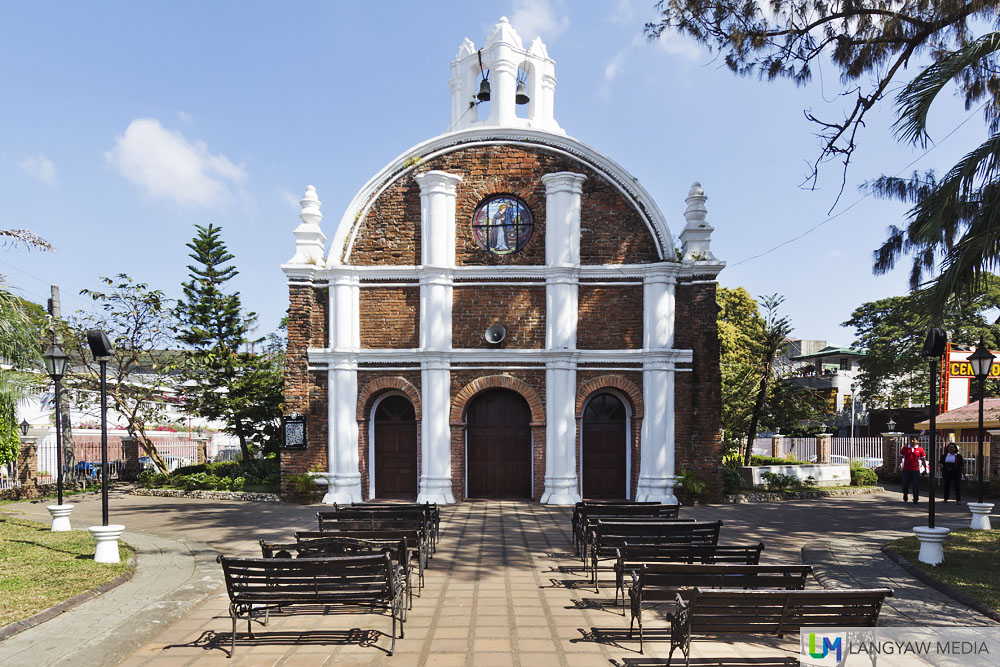
Ermita de San Jacinto
The Ermita de San Jacinto is an interesting chapel in Tuguegarao City and even dates before the cathedral was constructed. It was on this spot where the first structure was built when Tuguegarao was founded by the Dominicans in 1604,. In 1724, the present chapel was rebuilt by Fray Bernabe de la Magdalena, O.P. Like the cathedral, the facade has been altered, with the current bricks hiding the interesting details of the oculus of the chapel and the S-shape details of the cathedral.
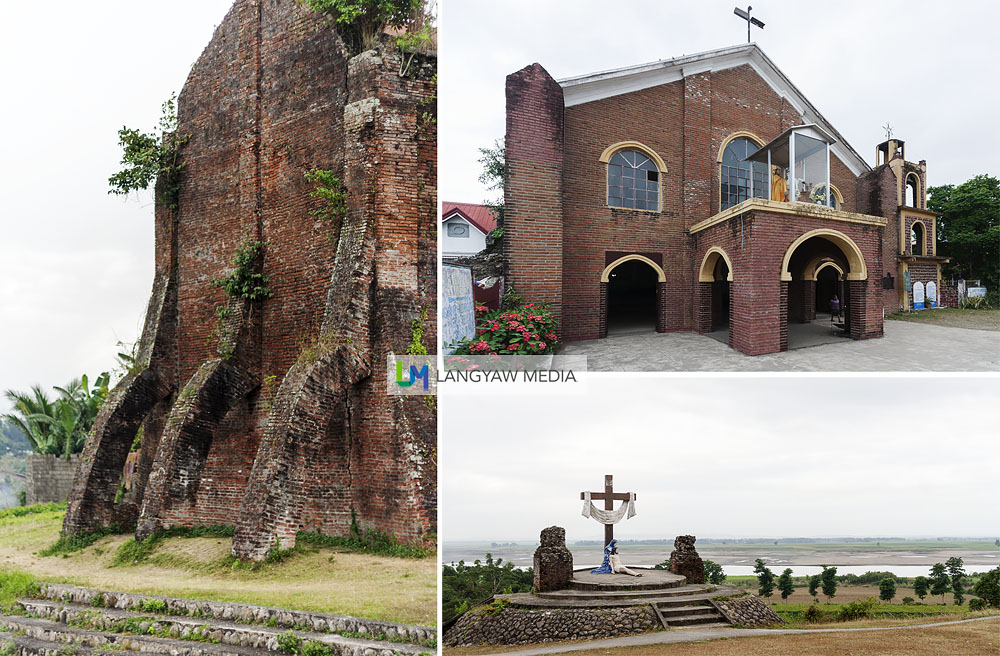
Church and Via Crucis in Iguig
Iguig was founded by the Dominican Ambrosio de la Madre in 1607. The church was built during the curacy of Fray Pedro de San Pedro, O.P. (1765-1787). Although the facade has already been altered, there’s one interesting architectural detail that the Iguig Church is famous for: its flying buttresses supporting the rear wall.
Iguig is also known for the Calvary Hills, a series of life-sized stations of the cross, or Via Crucis located at the back of the church. From these stations, one can view the sweeping landscape of the surrounding countryside, the Cagayan River meandering in the distance. Near the public school is an old well which, a source of potable waterduring the Spanish colonial era.

Pilgrimage in Piat
A visita iglesia Cagayan is never complete without a visit to this town. Piat is considered the Pilgrimage Center of the North with the miraculous black image of the Blessed Virgin enshrined at the basilica the center of devotion. The image was brought by the Dominicans in 1604 and since then, has created a major following. Coinciding with the feast of the Lady of Piat, the Sambali Festival is also celebrated and commemorates the Christianization of the Itawes, an indigenous group in the area.
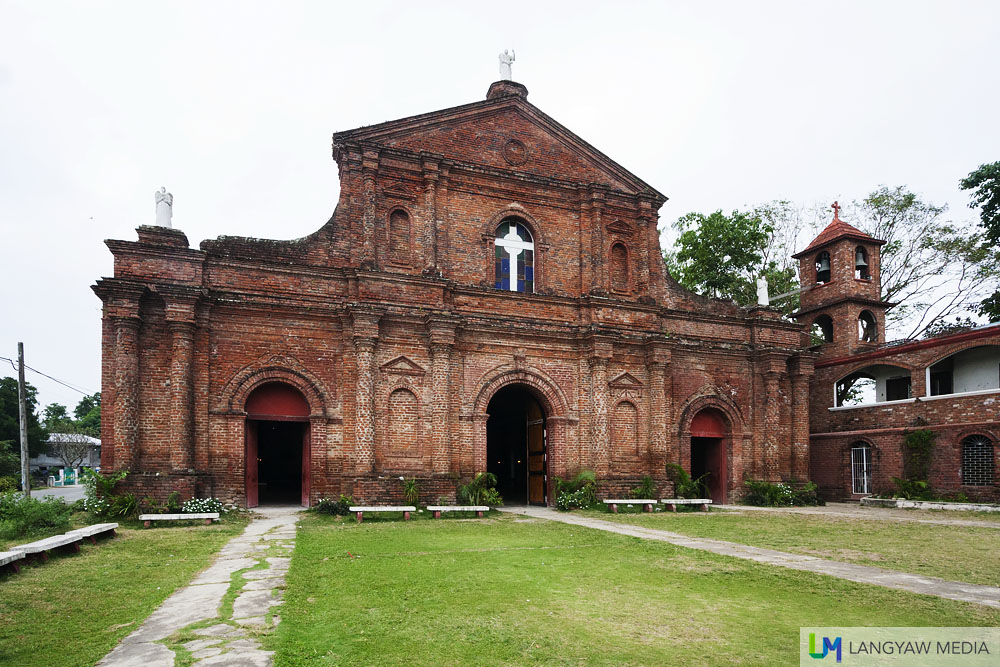
The wide church of Alcala
The St Philomene Parish Church in Alcala is another beautiful brick structure just along the side of the highway. It is considered as the widest in the region. The edifice was started in 1881 and at present, retains its exterior while the interior has been renovated. For travelers, Alcala is also a stop for its famous produt, Alcala Milk Candy which is located along the highway.
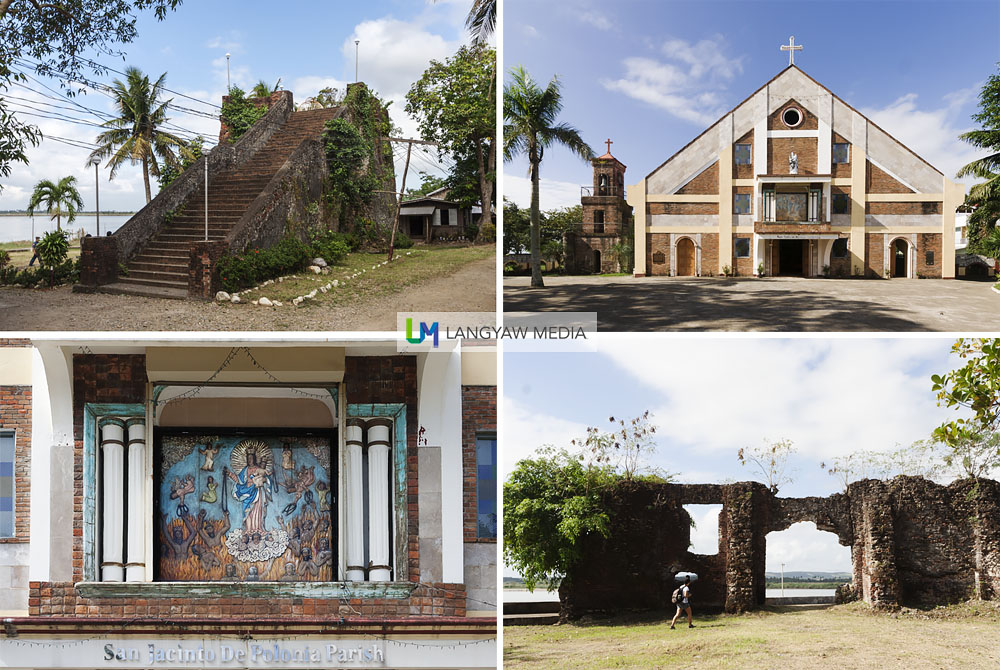
Oldest bell, ruins and horno in Camalaniugan
It was in June 2006 when I first visited Camalaniugan when the present church was still being constructed. I was told that a month before, the church was razed by fire. It was this visit that spurred me to document heritage churches around the country until now. Camalaniugan is famous for the oldest bell, the Sancta Maria which was cast in 1595. Behind the church is the original church, now in ruins and have always been threatened by the ever expanding Cagayan River that is now so close to the foundations of the structure.
Also within the town center is the Spanish colonial era horno, a massive structure with a series of steps to the top. This structure was the source of bricks used in building churches and government buildings in this part of Cagayan. It is well maintained and is now a tourist attraction.
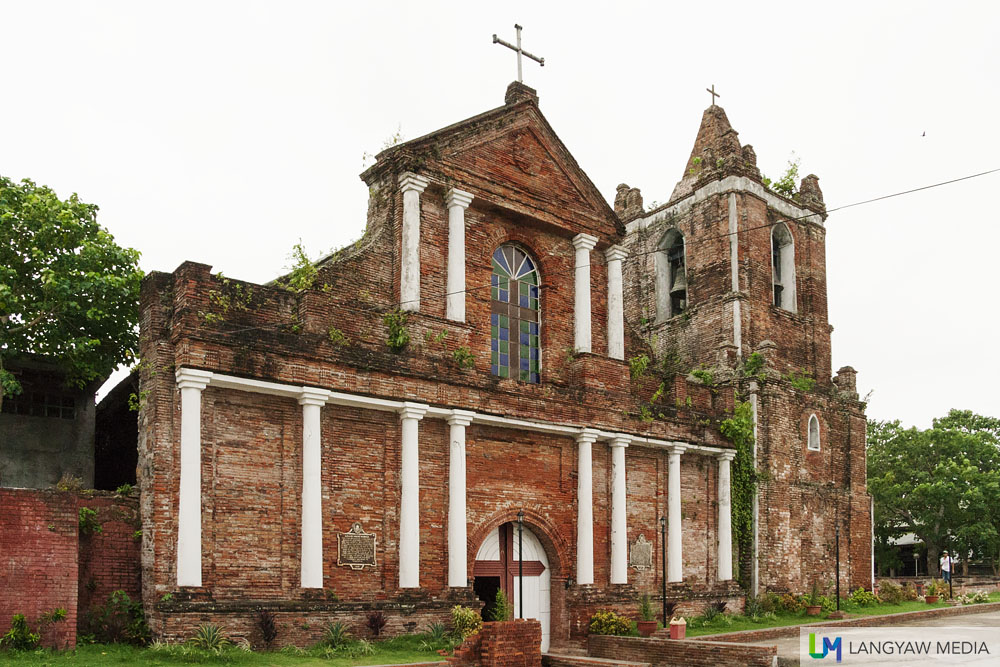
Historic Lallo Church
Lallo (or Lalloc, Lal-lo) was the original seat of the Archdiocese of Nueva Segovia, erected in 159. It was moved to present day Vigan in 1758 because of the distance as well as the constant threat of the Cagayan River. Today, the quaint old church of Sto. Domingo de Guzman is the only remaining edifice, out of three after the transfer. Much of the interior has been altered but the atrial cross infront of the church and incased in glass is said to be original.

Neo baroque Lyceum de Aparri Church
Completing our visita iglesia Cagayan, we visited the Lyceum of Aparri with its neo baroque style church. The interior is grand and behind the altar, at the second floor is a small ecclesiastical museum with a few interesting religious objects and church finery. Aparri is also the last stop in this Cagayan tour and although there isn’t much to visit, the PAGASA station marks the end of the Cagayan Valley Road.
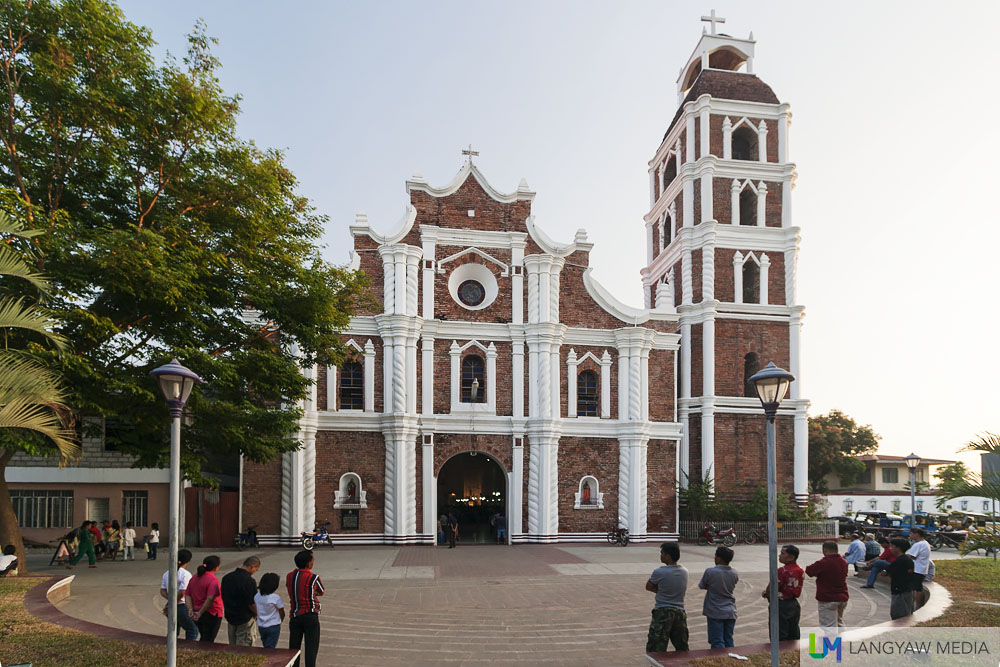
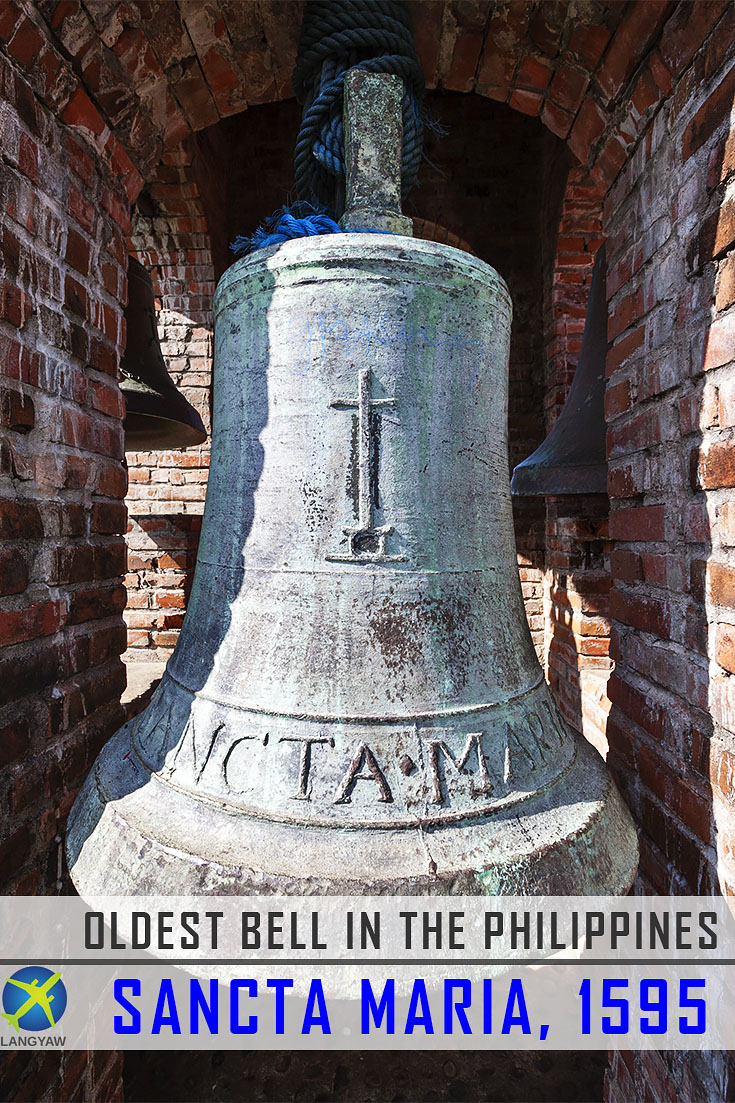
GETTING THERE: Cagayan is reached from Manila by various bus lines in Cubao and Pasay. Victory Liner and Florida Bus (northern Cagayan) have daily trips to and from Tuguegarao. The capital is also served by Philippine Airlines and Cebu Pacific Air.
WHERE TO STAY: For a relaxing stay outside of the city proper and much nearer to Penablanca where the famous Callao Caves are located, this is a good base:
Balai Carmela Resort & Hotel
8 Dunkin Drive, Capitol Hills
Tuguegarao City, Cagayan
+63 078 377-0032 | +63 917 553 5955
balai.carmela@yahoo.com.ph
This trip was part of Lakbay Norte 6, made possible by North Philippines Visitors Bureau (NPVB) which promotes travel and destinations in North Luzon.